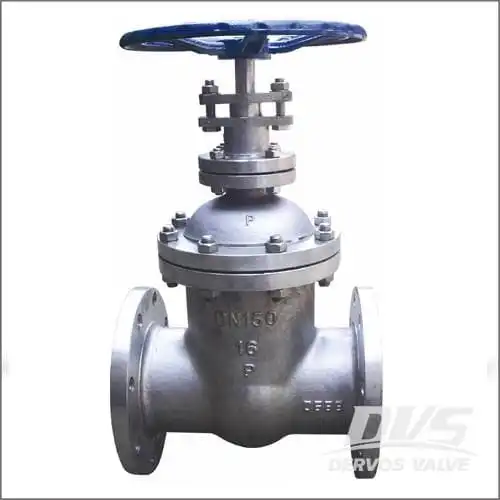If the valve cannot be closed tight, you should first find out where the problem is, and then solve the problem according to the corresponding method. There are several reasons why the valve cannot be closed tight:
(1) Impurities are stuck on the sealing surface, and debris is deposited at the bottom of the valve or between the valve disc and seat;
(2) The stem thread is rusted and the valve cannot be rotated;
(3) The sealing surface of the valve is damaged, causing leakage of the medium;
(4) The valve stem and the valve disc are not well connected, so that the valve disc and the valve seat are not in close contact with each other.
How to handle when the valve cannot be closed tight:
First, for situations where impurities stuck in the valve sealing surface:
Sometimes the valve suddenly cannot be well closed, and there may be impurities stuck between the sealing surfaces of the valve. Then no force should be applied. The valve should be slightly opened, and then close. Generally, it can be eliminated. Otherwise, it should be checked. Keep the media clean.
Second, for the stem thread rust:
For valves that are normally open, when the valve is accidentally closed, the valve stem thread has rusted, and the valve may not be closed tight. In this case, the valve can be repeatedly switched and closed, and the bottom of the valve body is struck with a small hammer, so that the valve can be closed, and the valve does not need to be ground and repaired.
Third, the valve sealing surface is destroyed:
For the case where valve still cannot be closed after trying many times, the sealing surface is damaged and should be repaired; or the corrosion or the grain scratches in the medium, etc., damage the sealing surface, it should also be repaired.
Fourth, the valve stem and the valve flap are not connected well:
Lubricate the stem and stem nut frequently to ensure flexible valve switching. And make a formal maintenance plan.

